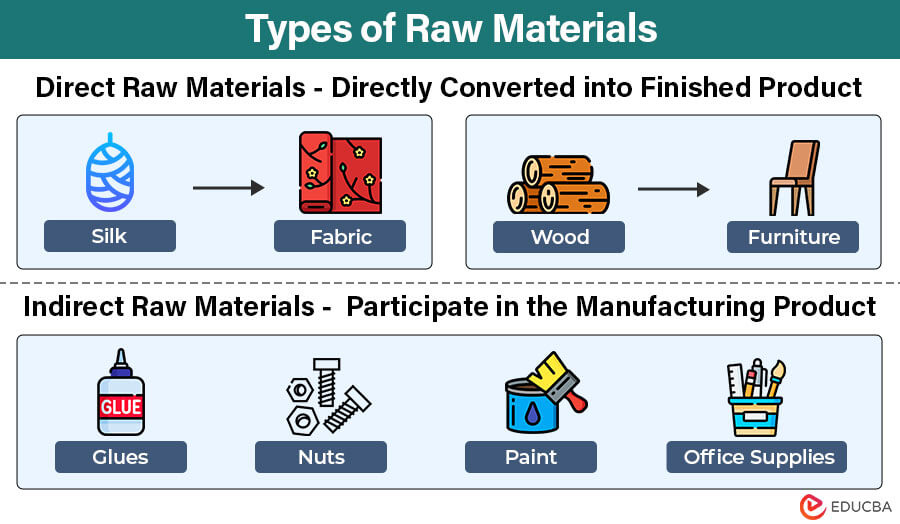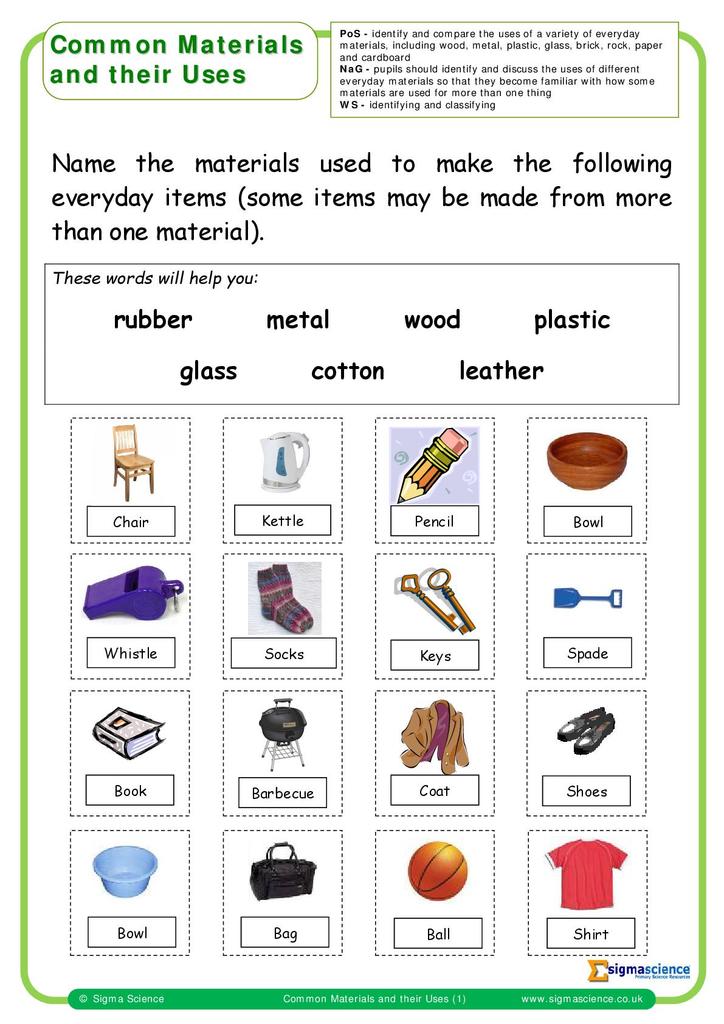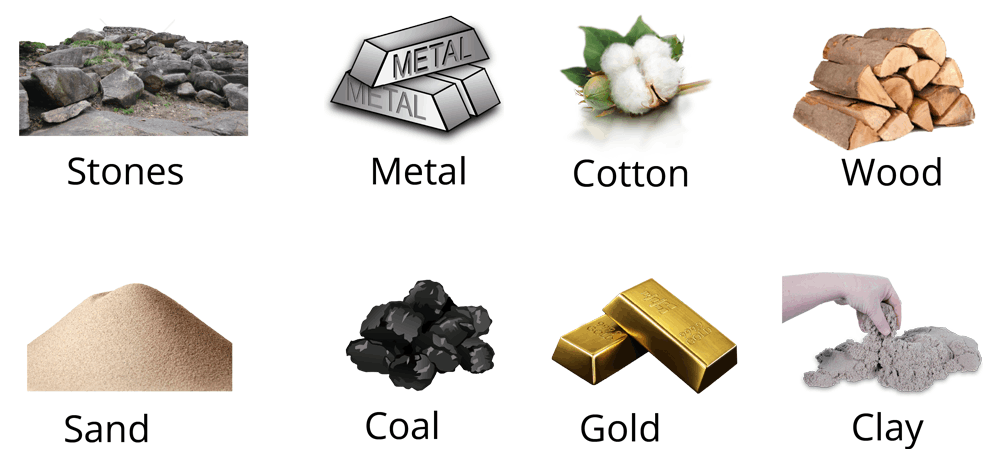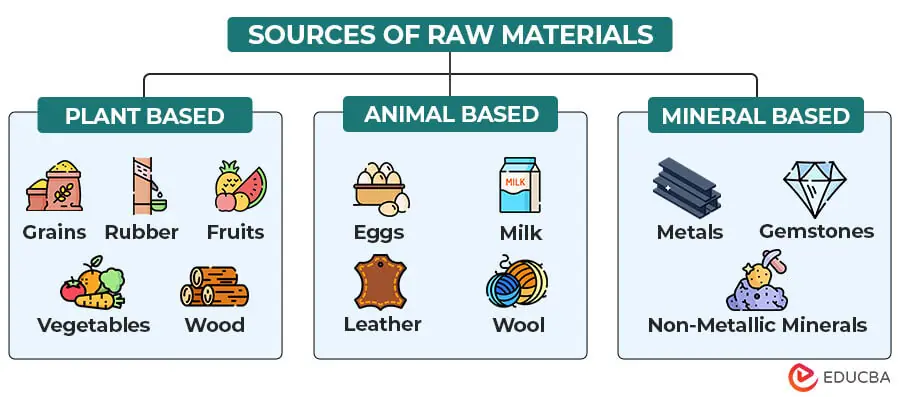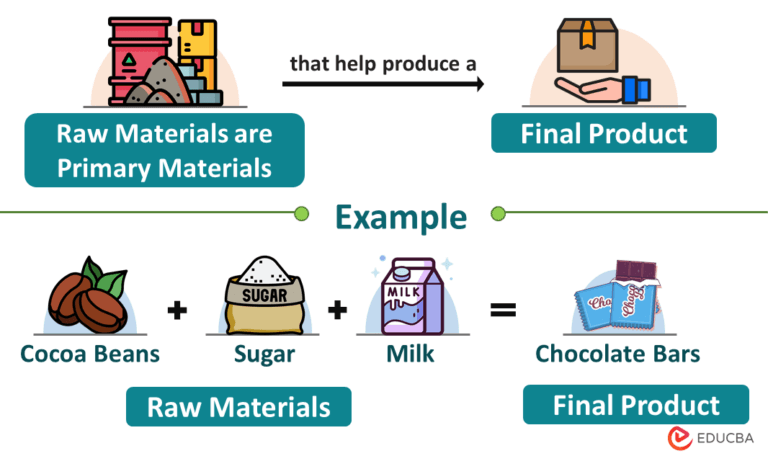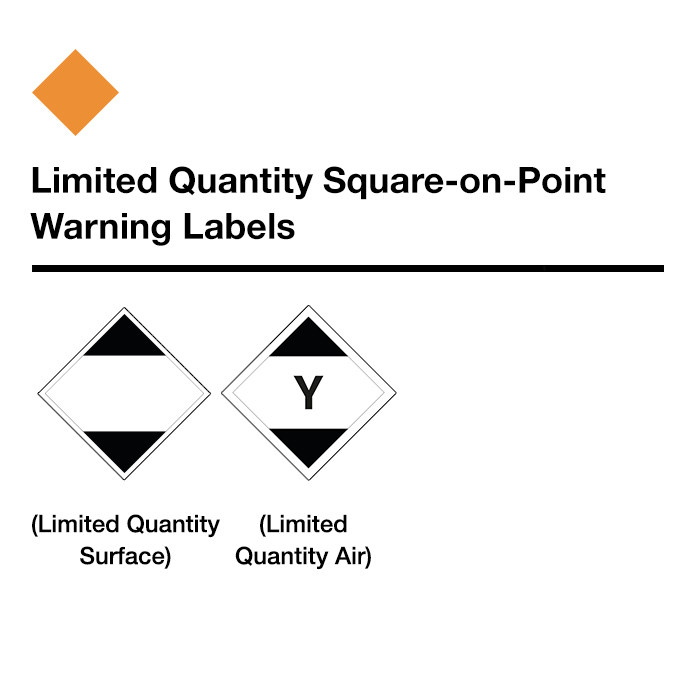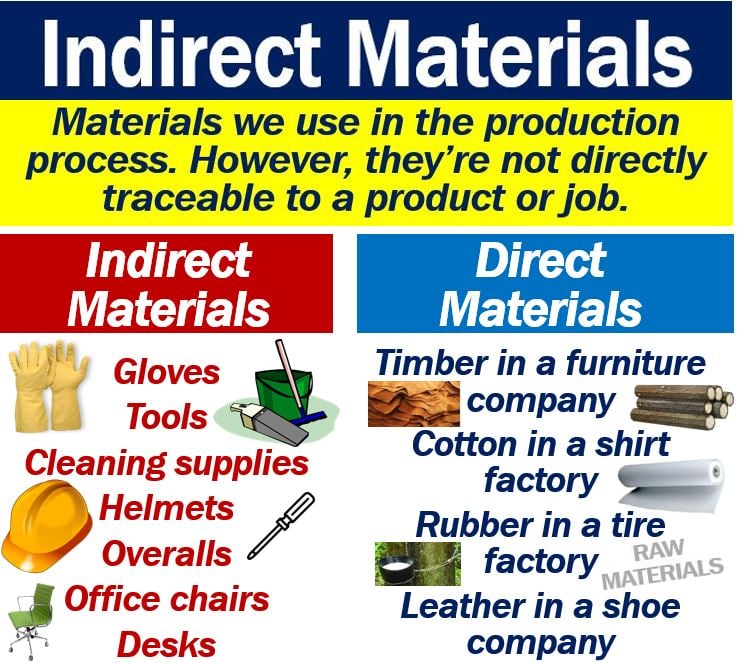Which Materials Are Common Examples Of A Limited Quantity Material

The transportation of hazardous materials is heavily regulated to ensure public safety. One crucial aspect of these regulations involves the concept of "limited quantity" materials, which, despite being hazardous, pose a lower risk due to their packaging and quantity. Understanding which materials commonly fall under this category is vital for shippers, carriers, and anyone involved in handling these goods.
This article will explore common examples of limited quantity materials, drawing on regulations and guidelines from organizations such as the U.S. Department of Transportation (DOT) and international bodies. We aim to provide a clear understanding of what qualifies a material as a limited quantity and the implications for its transportation.
Defining Limited Quantity Materials
Limited quantity materials are hazardous materials that are packaged in relatively small amounts and are deemed to present a reduced hazard during transportation. The regulations surrounding them are less stringent than those for fully regulated hazardous materials.
The DOT defines specific packaging requirements and quantity limits that must be met for a material to be classified as a limited quantity. These regulations can be found in 49 CFR Part 173.
Common Examples of Limited Quantity Materials
Several categories of hazardous materials frequently qualify for limited quantity exceptions.
Paints and Related Materials
Many paints, lacquers, varnishes, and stains are classified as flammable liquids. However, when packaged in small containers (typically one liter or less for liquids, or one kilogram or less for solids), they often meet the requirements for limited quantity shipment.
These materials must be packaged in combination packagings, meaning they require inner packagings within a strong outer packaging. They must also meet specific performance testing requirements before being shipped as limited quantities.
Adhesives and Sealants
Similar to paints, certain adhesives and sealants, especially those containing flammable solvents, can be shipped as limited quantities. The same volume or weight restrictions apply, usually around one liter for liquids or one kilogram for solids.
Packaging requirements are also comparable, emphasizing the need for secure inner packagings and a sturdy outer packaging that can withstand normal transportation conditions.
Consumer Products
A wide range of consumer products, such as aerosols, perfumes, and cleaning solutions, often contain hazardous materials. When these items are packaged for retail sale in small quantities, they frequently qualify as limited quantities.
Aerosols, for example, must meet pressure and construction standards to be shipped as limited quantities. Other consumer products must adhere to similar packaging and volume limitations.
Certain Chemicals
Specific chemicals, like some oxidizers, corrosives, and flammable solids, may be eligible for limited quantity status. This depends heavily on the specific chemical, its hazard classification, and the packaging it is shipped in.
The DOT provides detailed tables and lists that specify which chemicals can be shipped as limited quantities and the corresponding quantity limits. Shippers must consult these resources carefully to ensure compliance.
Lithium Batteries
Lithium batteries, particularly those contained in or packed with electronic devices, are a significant concern in transportation due to their potential for fire or explosion. While larger shipments require full hazardous materials regulations, smaller shipments of lithium batteries can often be shipped as limited quantities.
These shipments must meet specific packaging requirements, including protection against short circuits and secure placement within the packaging. Some types of lithium batteries, especially those with higher watt-hour ratings, may not qualify for limited quantity exceptions.
Significance and Impact
The limited quantity exception plays a critical role in facilitating the efficient transportation of a wide range of products. It allows businesses to ship smaller quantities of hazardous materials without the full burden of hazardous materials regulations.
However, it's crucial to remember that the reduced regulations do not mean that these shipments are entirely unregulated. Shippers must still comply with specific packaging, marking, and labeling requirements to ensure safe transport.
Failure to comply with these requirements can result in fines, penalties, and, more importantly, increased risk of accidents or incidents. Staying informed about the latest regulations and guidelines from the DOT and other relevant organizations is essential.
Conclusion
Understanding which materials commonly qualify as limited quantities is crucial for anyone involved in the transportation of hazardous goods. Paints, adhesives, consumer products, certain chemicals, and lithium batteries are just a few examples of materials that can often be shipped under the limited quantity exception, provided that they meet specific packaging and quantity requirements.
By adhering to the regulations and guidelines outlined by the DOT and other relevant organizations, shippers can ensure the safe and efficient transportation of these materials, minimizing the risk of accidents and protecting public safety. Regular review of regulations is necessary, as they can change based on new safety data and transportation methods.
